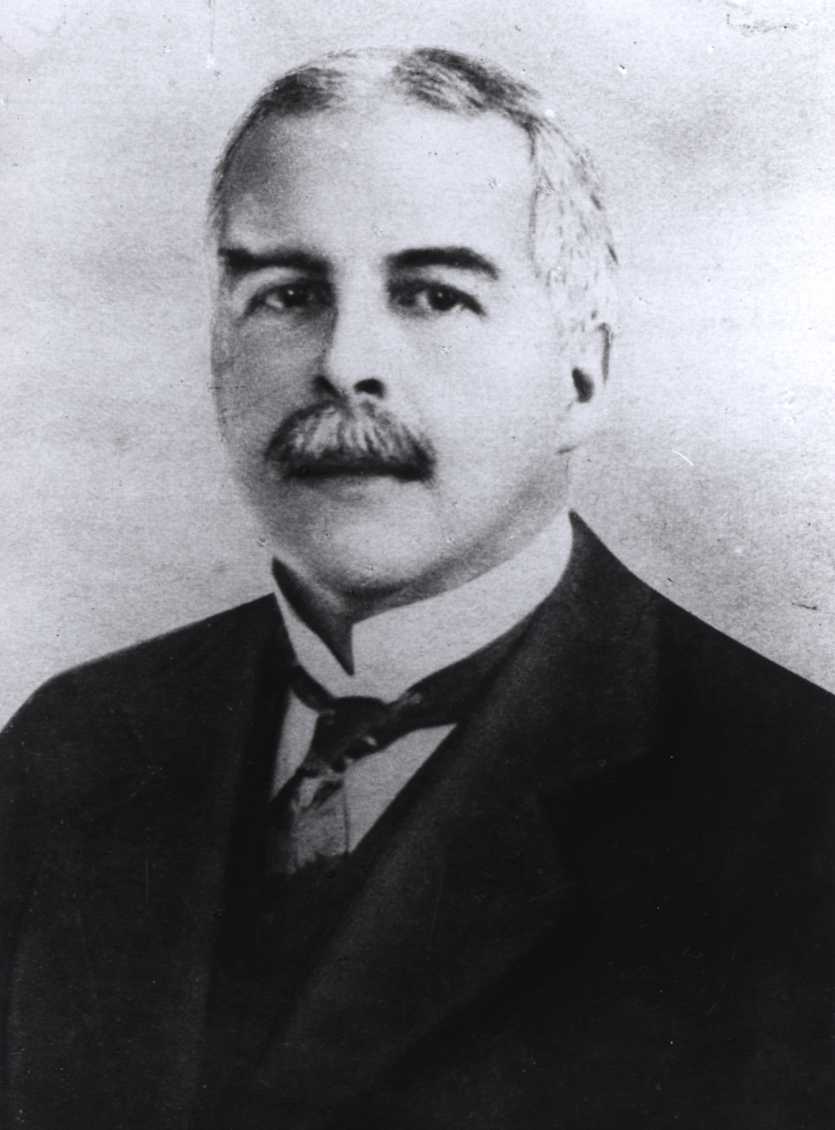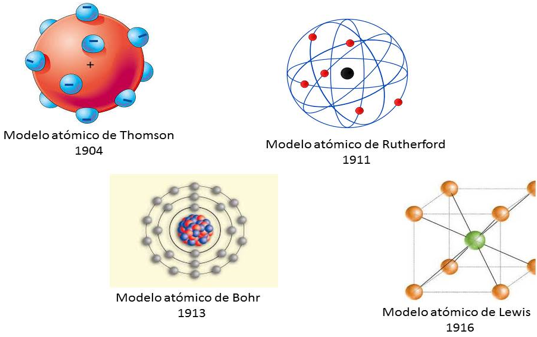Who Is Lewis Carroll's Real Name: Unmasking The Mind Behind Wonderland
Detail Author:
- Name : Mae Thiel
- Username : greyson.stehr
- Email : alisa.goyette@gmail.com
- Birthdate : 2006-06-08
- Address : 3886 McClure Route Lonnyfurt, RI 84640
- Phone : +1-469-596-1846
- Company : Welch Inc
- Job : Dental Assistant
- Bio : Ab saepe maxime alias. Minus sed recusandae consequuntur quis aspernatur. Similique quis occaecati fugit nisi iure quibusdam fuga. Nesciunt consectetur expedita animi quaerat.
Socials
twitter:
- url : https://twitter.com/reingerp
- username : reingerp
- bio : Quibusdam culpa accusantium maxime aut voluptas error sapiente neque. Quisquam et et sunt quia eum quia. Earum minus ut illo ut eum enim itaque dicta.
- followers : 1704
- following : 2576
facebook:
- url : https://facebook.com/patsyreinger
- username : patsyreinger
- bio : Porro temporibus rerum odio qui non architecto.
- followers : 3711
- following : 2338
Many people know the fantastical stories of Alice's adventures, a world filled with curious creatures and whimsical logic. You might have read "Through the Looking-Glass" as part of a school syllabus, or perhaps you just simply cherish the memories of a childhood spent with the Mad Hatter and the Queen of Hearts. It's really quite a magical place, isn't it? The author, Lewis Carroll, crafted these tales that, you know, continue to charm readers young and old across the globe, even today.
But have you ever stopped to consider the person behind that famous pen name? It's a bit of a mystery, in a way, for those who only know the literary figure. The name "Lewis Carroll" feels so perfectly suited to the imaginative worlds he created, so you might not think twice about it. Yet, as with many writers who choose a different identity for their creative works, there's a whole other story there.
Today, we're going to pull back the curtain and reveal the true identity of this celebrated author. It's a fascinating look into a man who lived a rather dual life, balancing a serious academic career with his wildly inventive storytelling. Understanding his real name helps us, you know, get a fuller picture of who he was and why he chose to present himself differently to the reading public.
Table of Contents
- Unveiling the True Identity
- Why a Pseudonym? The Reasons Behind the Choice
- A Glimpse into His Life and Work
- Personal Details and Bio Data
- The Enduring Legacy of a Literary Giant
- Frequently Asked Questions
Unveiling the True Identity
The literary world knows him as Lewis Carroll, a name that brings to mind fantastical tea parties and grinning cats. However, this beloved author actually had a different name he used in his daily life, a name that reflected his more formal, academic pursuits. His real name, the one he was given at birth and used throughout his career as a scholar, was Charles Lutwidge Dodgson. So, when you pick up "Alice's Adventures in Wonderland," you're really reading the words of Charles Dodgson, presented under his chosen pen name.
This practice of using a pseudonym was, you know, quite common for writers in the Victorian era, a way to separate their public personas from their private or professional lives. For Dodgson, this separation was, in some respects, quite important, allowing him to maintain a distinct identity for his creative endeavors. It's almost like having two different hats, one for serious work and another for playful imagination.
Knowing his real name, Charles Lutwidge Dodgson, offers a little window into the man who was more than just a storyteller. He was a mathematician, a logician, and a photographer, too. This dual identity is, you know, a pretty fascinating aspect of his personal history, showing how different facets of his personality found expression in various parts of his life.
Why a Pseudonym? The Reasons Behind the Choice
Charles Lutwidge Dodgson's decision to adopt the pen name Lewis Carroll was, arguably, a thoughtful one, rooted in the social customs and personal inclinations of his time. For many academics in the 19th century, writing fiction, especially children's stories, was not always seen as a serious intellectual pursuit. It could, in a way, detract from their professional standing. Dodgson, a lecturer in mathematics at Christ Church, Oxford, likely wished to maintain a clear distinction between his academic career and his creative writing.
The name "Lewis Carroll" itself has an interesting origin, too. Dodgson created it by first Latinizing his names "Charles Lutwidge" into "Carolus Ludovicus." Then, he reversed the order and Anglicized them back, resulting in "Lewis Carroll." This clever play on words was, you know, a rather typical intellectual exercise for someone with his background in logic and language. It's a bit like a puzzle, which he often enjoyed.
Beyond professional considerations, there might have been personal reasons, as well. Using a pseudonym could have offered a sense of freedom and privacy. It allowed him to explore his imaginative side without the direct scrutiny that might come with publishing such unique and, arguably, unconventional works under his formal name. This separation provided a kind of protective barrier, letting his creative spirit truly flourish. So, in a way, it was a practical choice, and also a very personal one.
A Glimpse into His Life and Work
Charles Lutwidge Dodgson, the man known as Lewis Carroll, was born on January 27, 1832, in Daresbury, Cheshire, England. He was the eldest son and third of eleven children in his family, which was, you know, quite a large household. His father was a clergyman, and the family had a strong connection to the Church of England, which certainly shaped his early life and education.
He showed an early aptitude for mathematics and logic, which led him to Oxford University. He studied at Christ Church, Oxford, and later became a lecturer in mathematics there, a position he held for many years. His academic work included publications on geometry and logic, which, you know, are very different from the whimsical tales he's famous for. He was, actually, a rather serious scholar in his field.
It was during his time at Oxford that his creative side really took hold. His friendship with the Dean of Christ Church, Henry Liddell, and his daughters, especially Alice Liddell, inspired his most famous stories. The first version of "Alice's Adventures in Wonderland" was, apparently, told during a boat trip on the River Isis on July 4, 1862. This spontaneous storytelling moment eventually led to the beloved novel we know today.
Beyond his Alice books, he also wrote "Through the Looking-Glass, and What Alice Found There," which continues Alice's journey. He also penned poetry, like "The Hunting of the Snark," and other works, too. His writings are known for their clever wordplay, logical puzzles, and imaginative settings, making them, you know, pretty unique in children's literature. His work has influenced countless writers and artists, and it's still very much enjoyed by readers across generations.
His life was, in some respects, a quiet one, largely centered around his academic duties and his artistic pursuits. He was also a keen photographer, often taking portraits of children and notable figures of his time. This hobby was, you know, another creative outlet for him, showcasing his artistic eye and his interest in capturing moments.
The provided text mentions, "I was reading an introduction to lewis caroll before starting his novel through the looking glass as it is a part of our syllabus,The man had a sad childhood and everything, but isn't it also true that his fixation with girls under the age of twelve is creepy,I don't wish or intend to invalidate his struggles but the way a lot of people have praised his obsession with young girls is." It is true that Charles Dodgson's life and relationships, particularly with young girls, have been the subject of much discussion and differing interpretations over the years. Some people view his interactions as innocent friendships characteristic of the Victorian era, while others find aspects of them unsettling when viewed through a modern lens. His personal life is, you know, a complex topic that continues to invite various perspectives and discussions among scholars and readers. These discussions are part of the broader conversation about his legacy.
Personal Details and Bio Data
Here's a quick look at some key facts about the man known as Lewis Carroll:
| Real Name | Charles Lutwidge Dodgson |
| Pen Name | Lewis Carroll |
| Born | January 27, 1832 |
| Birthplace | Daresbury, Cheshire, England |
| Died | January 14, 1898 |
| Occupation | Mathematician, Logician, Author, Photographer |
| Alma Mater | Christ Church, Oxford University |
| Notable Works | "Alice's Adventures in Wonderland," "Through the Looking-Glass," "The Hunting of the Snark" |
The Enduring Legacy of a Literary Giant
The works of Lewis Carroll, or rather, Charles Lutwidge Dodgson, have had a truly lasting impact on literature, popular culture, and even fields like mathematics and philosophy. His stories are not just simple children's tales; they are, you know, deeply layered narratives that explore logic, language, and the nature of reality itself. This complexity is part of why they appeal to so many different age groups.
His influence can be seen in countless adaptations across film, theater, and art. Characters like Alice, the Mad Hatter, and the Cheshire Cat are, actually, instantly recognizable symbols around the world. The phrase "down the rabbit hole" has even entered common language, used to describe a journey into a strange or complex situation. This shows just how deeply his creations have, in a way, become part of our collective consciousness.
Scholars continue to study his books, finding new meanings and interpretations in his wordplay and allegories. His contributions to logic, though less known than his fiction, are also, you know, quite significant in their own right. The fact that his books are still read, debated, and loved over a century after his passing speaks volumes about their timeless appeal and universal themes. To learn more about his life and the context of his writing, you could explore reputable biographical archives.
His legacy is a testament to the power of imagination and the unique mind that could blend rigorous intellect with boundless creativity. It's a reminder that sometimes, the most extraordinary stories come from individuals who lead lives that are, perhaps, more complex than they initially appear. You can learn more about his literary impact on our site, and also link to this page exploring other famous authors and their pen names.
Frequently Asked Questions
What was Lewis Carroll's profession outside of writing?
Lewis Carroll, whose real name was Charles Lutwidge Dodgson, was primarily a mathematician and logician. He served as a lecturer in mathematics at Christ Church, Oxford University, for many years. This academic role was his main career, and his mathematical work was, you know, quite serious and distinct from his fiction writing.
Why did Charles Dodgson choose the name Lewis Carroll?
Charles Dodgson chose the pen name Lewis Carroll for a few reasons. One key reason was to separate his academic identity as a mathematician from his identity as a children's author. In the Victorian era, writing fiction was, you know, sometimes seen as less serious than academic pursuits. The name itself was created by Latinizing his first and middle names, then reversing and Anglicizing them, a clever linguistic trick.
Are Lewis Carroll's books still relevant today?
Absolutely, Lewis Carroll's books are very much relevant today. "Alice's Adventures in Wonderland" and "Through the Looking-Glass" continue to be widely read and studied. Their themes of logic, nonsense, identity, and the journey of growing up resonate with new generations. The stories have inspired countless adaptations and are, you know, still celebrated for their imaginative power and unique literary style.


